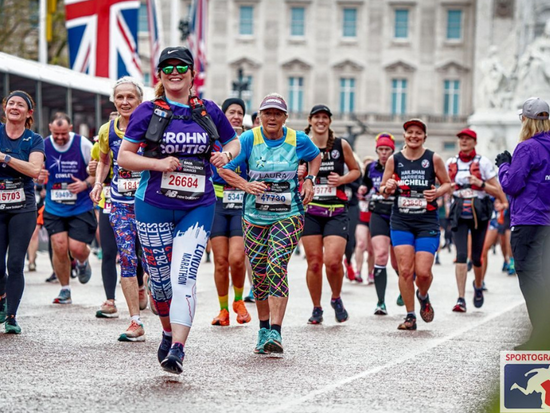Effects of exercise on skin physiology
Studies suggest that exercise can have negative impacts on the skin – specifically, by changing the skin’s pH and reducing sebum – all of which can negatively affect the skin's barrier function.
One notable study carried out at the University of Hamburg in Germany used several well-established bioengineering techniques to assess stratum corneum hydration, sebum content, and skin surface pH before and after 45 minutes of cardio training in a clinical trial with 60 subjects.

Skin barrier function and skin pH levels
The essential skin barrier function is to protect against water loss and to prevent the penetration of foreign molecules into the body. As you may know, we all have a very fine, slightly acidic film on our skin’s surface which works as a biochemical barrier with a pH-value between 4.0 and 6.5. This forms, with the stratum corneum, the essential barrier function of the skin.
In the German study, skin pH values were found to be higher after exercise, with the increase being particularly significant at the chest and forehead.
This is of concern as a higher pH at the skin surface is associated with an increased risk for skin disorders. There is evidence that inflamed skin involves an increased skin pH, and that an elevated skin pH can ultimately result in skin barrier problems. Changes in skin pH are also relevant as several other studies show that the growth of bacteria increases with a high pH, whereas it slows significantly at pH 5.5.
Hydration
The study also showed an increase in hydration after exercise of more than 50% (likely caused by the increase of sweating whilst exercise.) Yet whereas a well hydrated stratum corneum is important for healthy skin, a soaked stratum corneum has reduced barrier efficiency. This moist and warm environment (especially when under sports gear and clothes), combined with the increased skin surface pH creates optimal conditions for microbial growth.
Sebum
The study also surprisingly found there to be a significant decrease of sebum on the skin surface. Compared to baseline, the sebum level on the forehead was on average 28.6% lower after cardio workout. This decreased sebum level was an unexpected result, as a higher skin temperature is usually correlated with increased sebum.
The likely cause of the decrease of sebum is the increased sweat production during exercise, which effectively waters down the skin’s sebum/lipids which can also affect the skin’s barrier function.
Practical advice
The time it takes for skin pH to regenerate after incidents that disturb the skin’s natural pH (such as sweating or using harsh soaps) is between hours and days. Yet studies show that using pH balanced emulsions can help the skin recover more quickly both in terms of an immediate effect and also in the long run, which can help to maintain the integrity of the skin’s barrier function.
For those who experience skin issues after frequent exercise, we recommend using our soap-free Cool Down purifying gel cleanser which is pH balanced (5.5-6.0) on the face followed by our new Sweatproof pH balanced gel product. For the body, our Hydration Kick Gel Body Moisturiser is recommended with a pH of 5.5 – 6.0.



